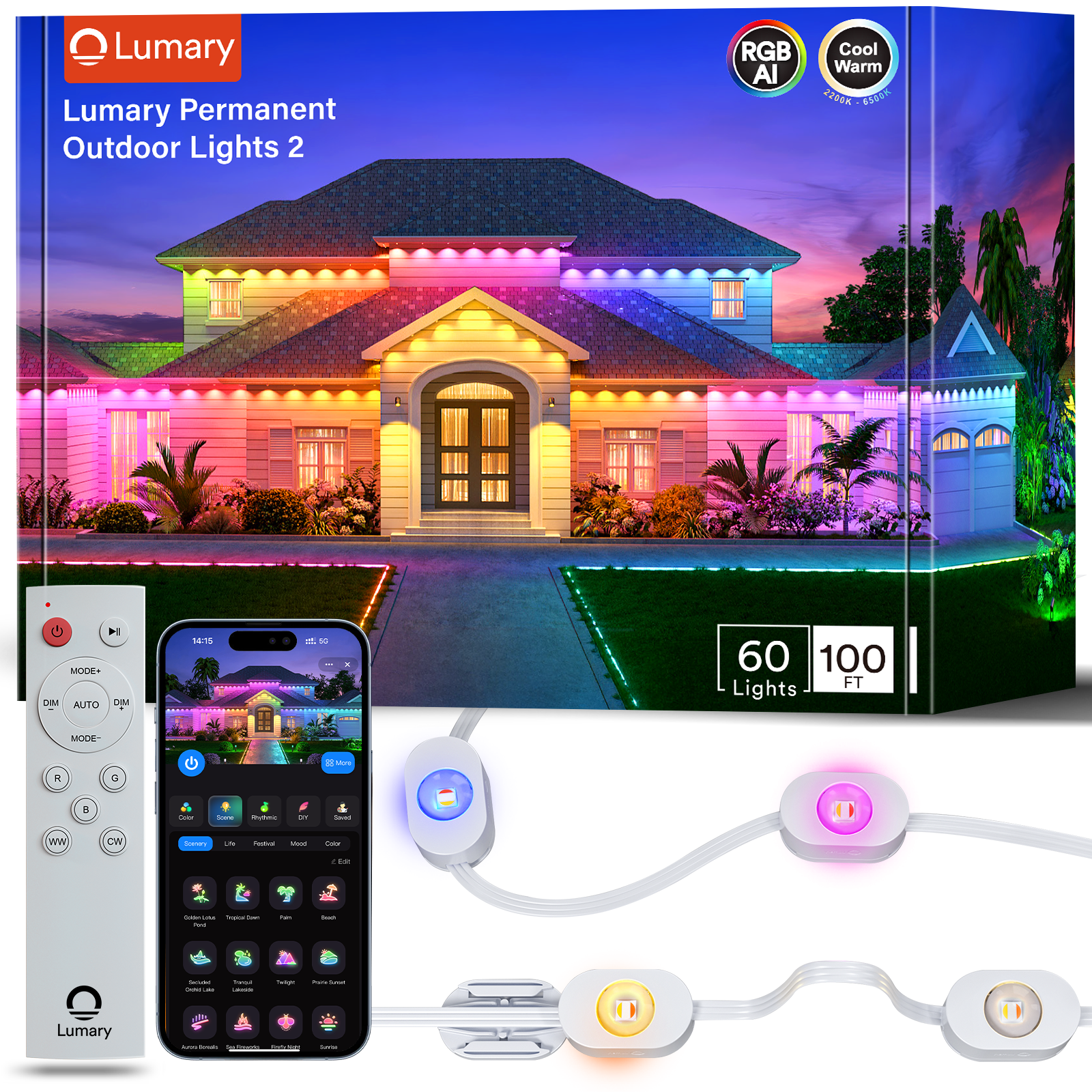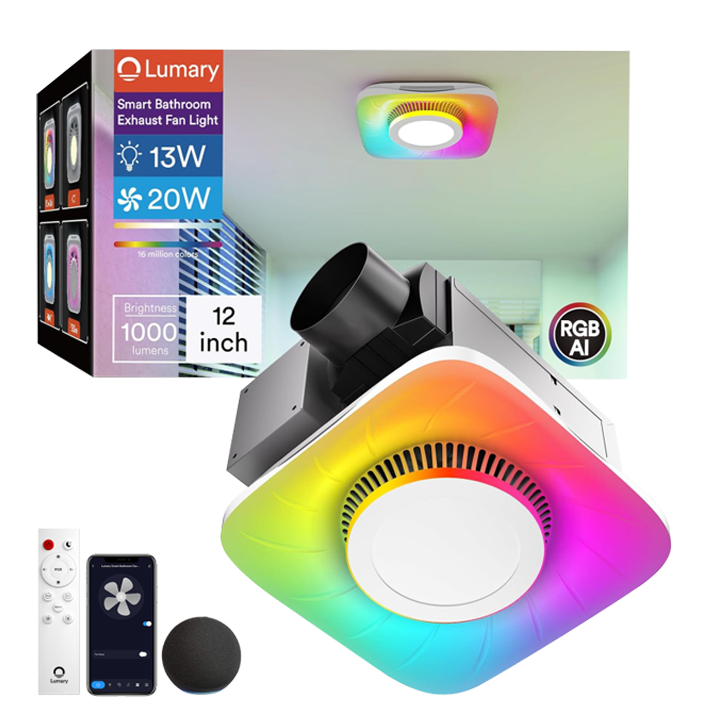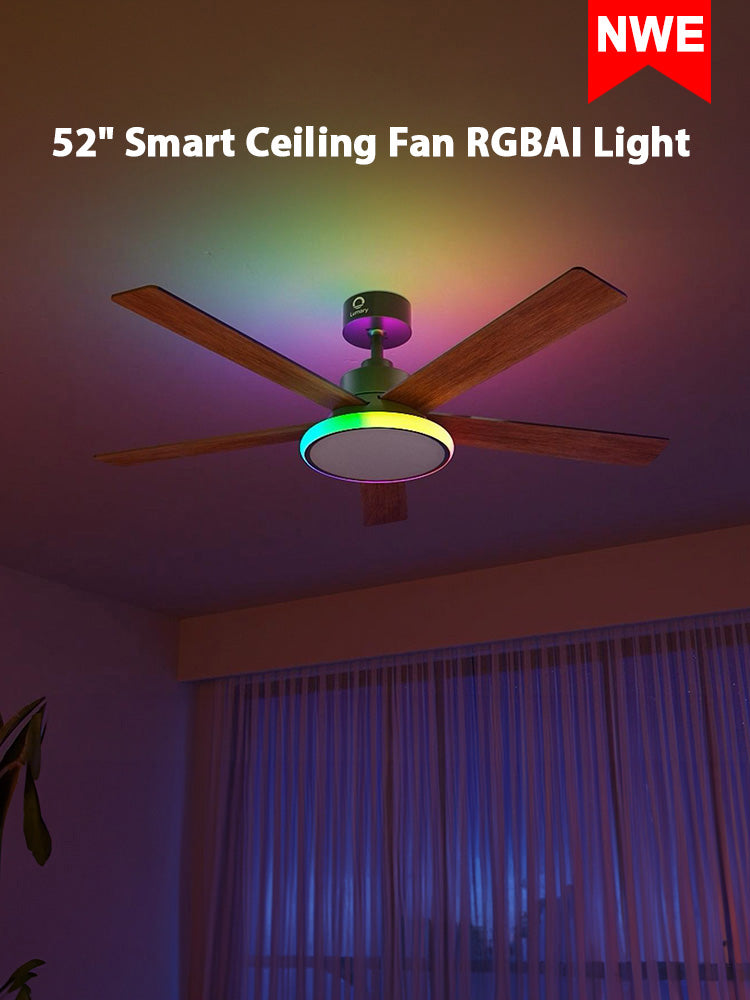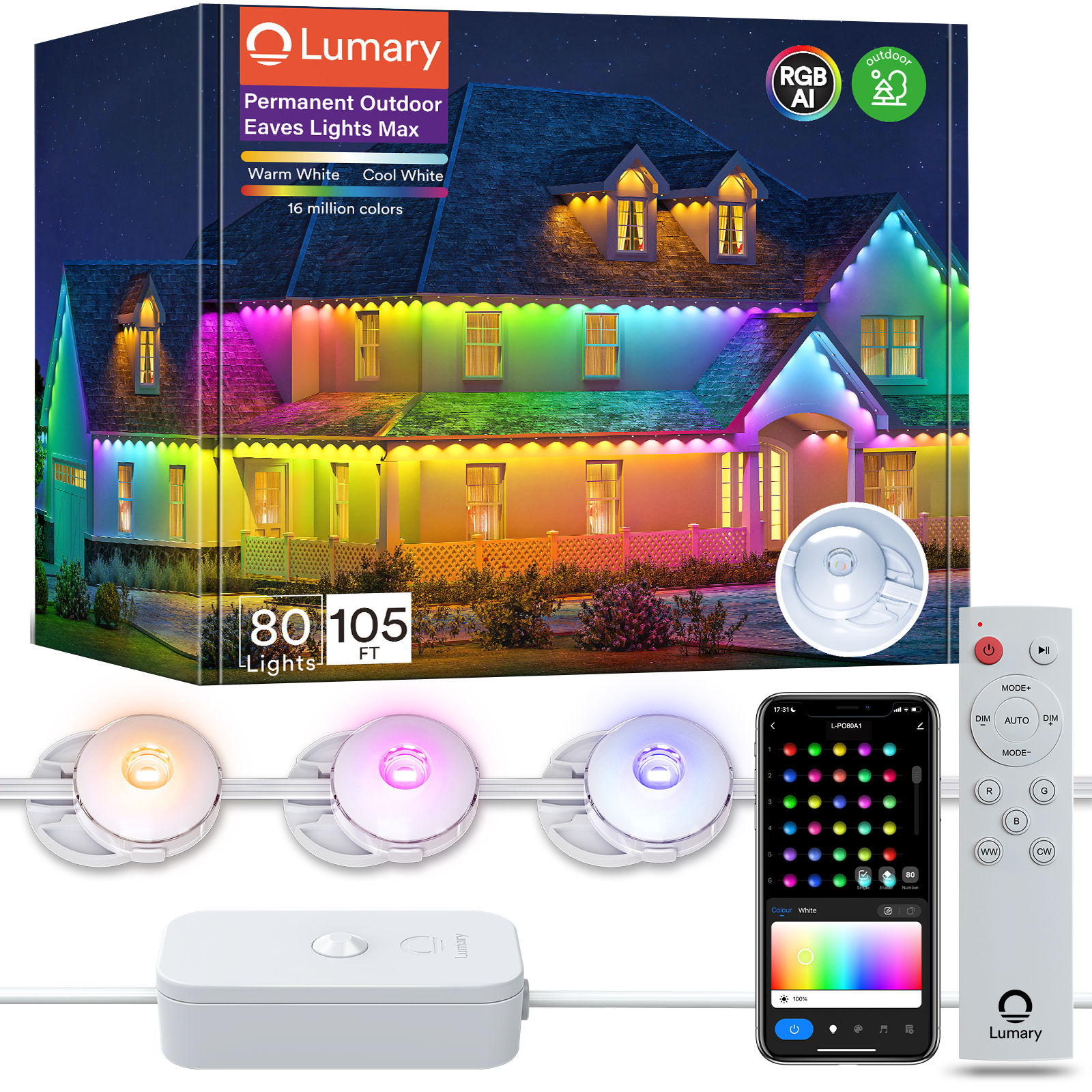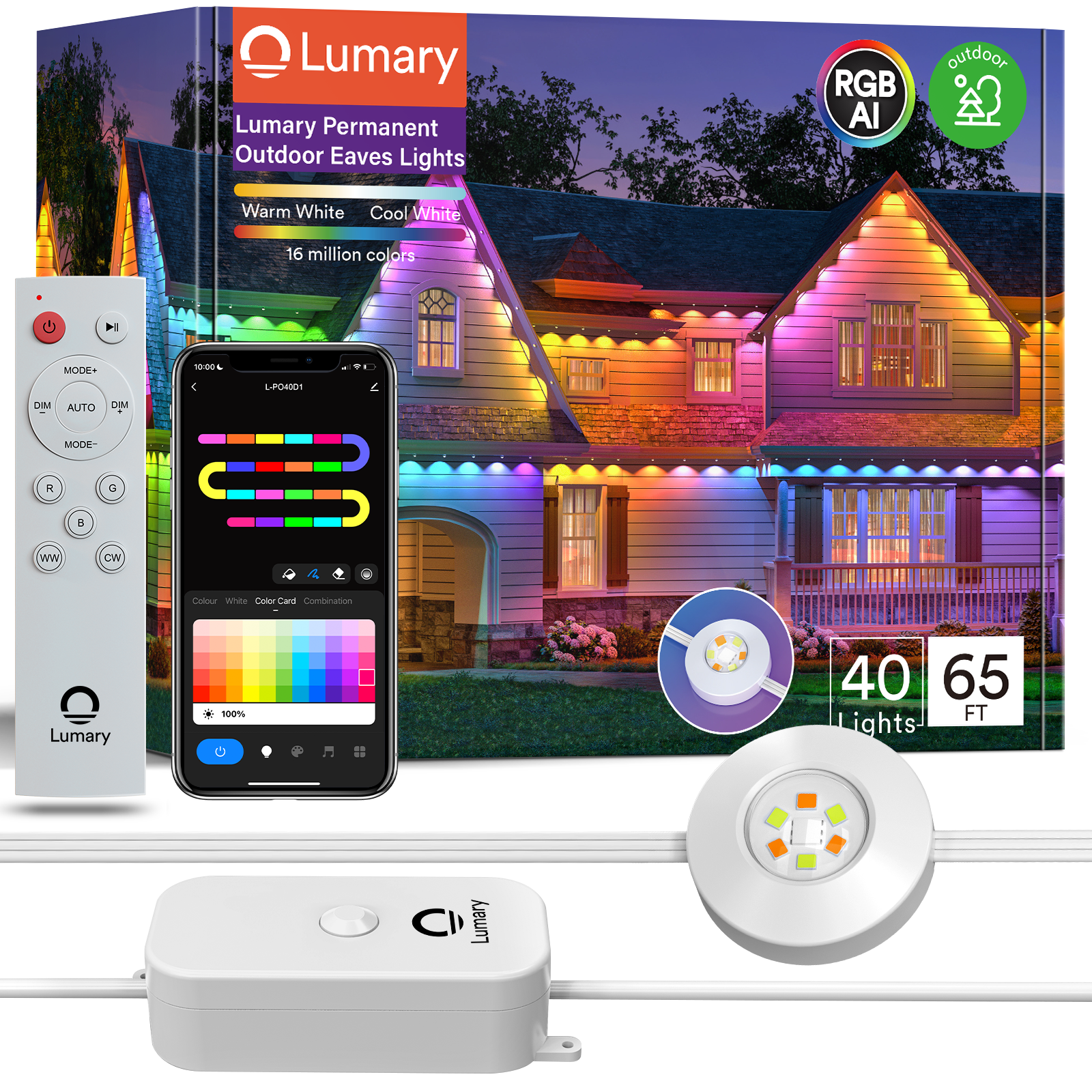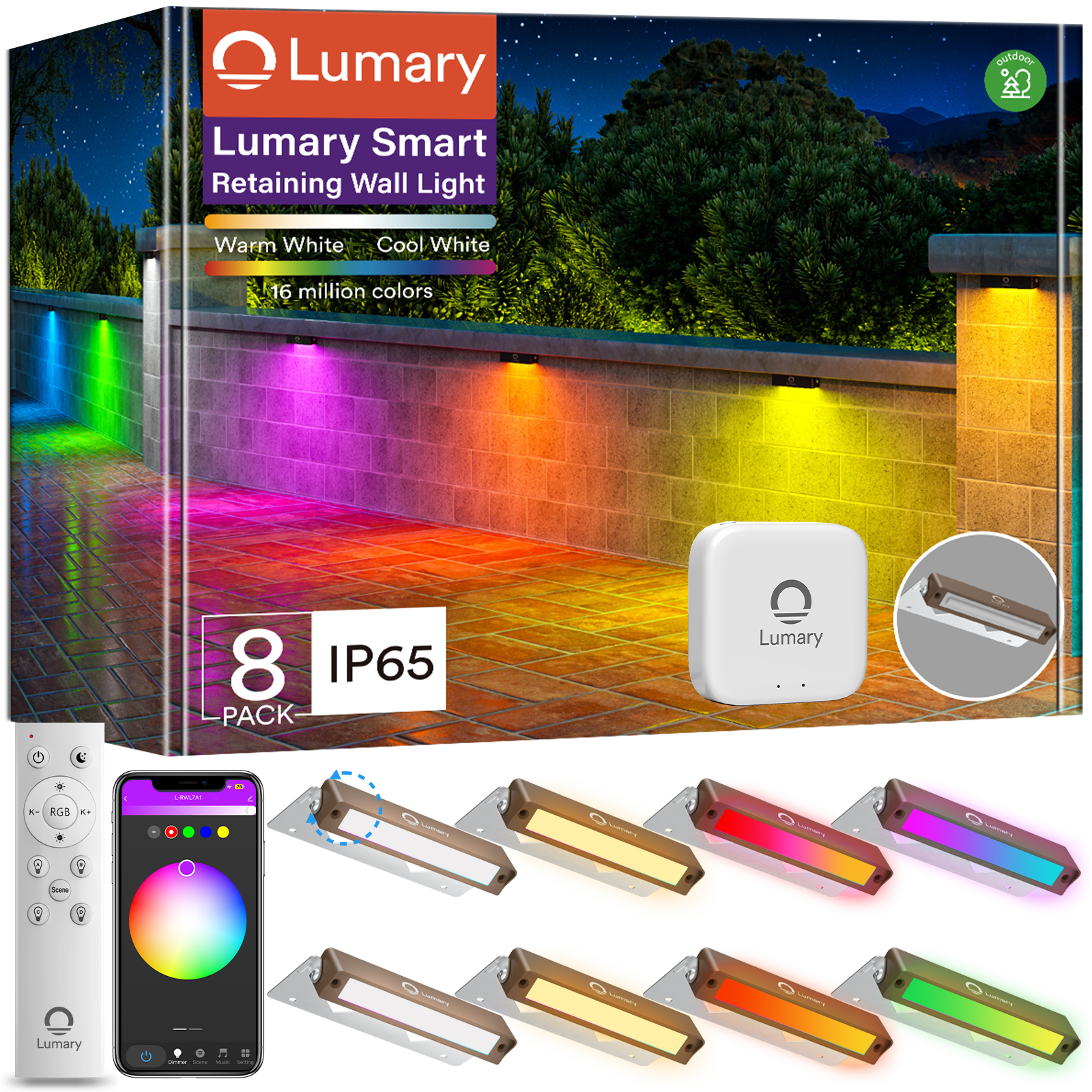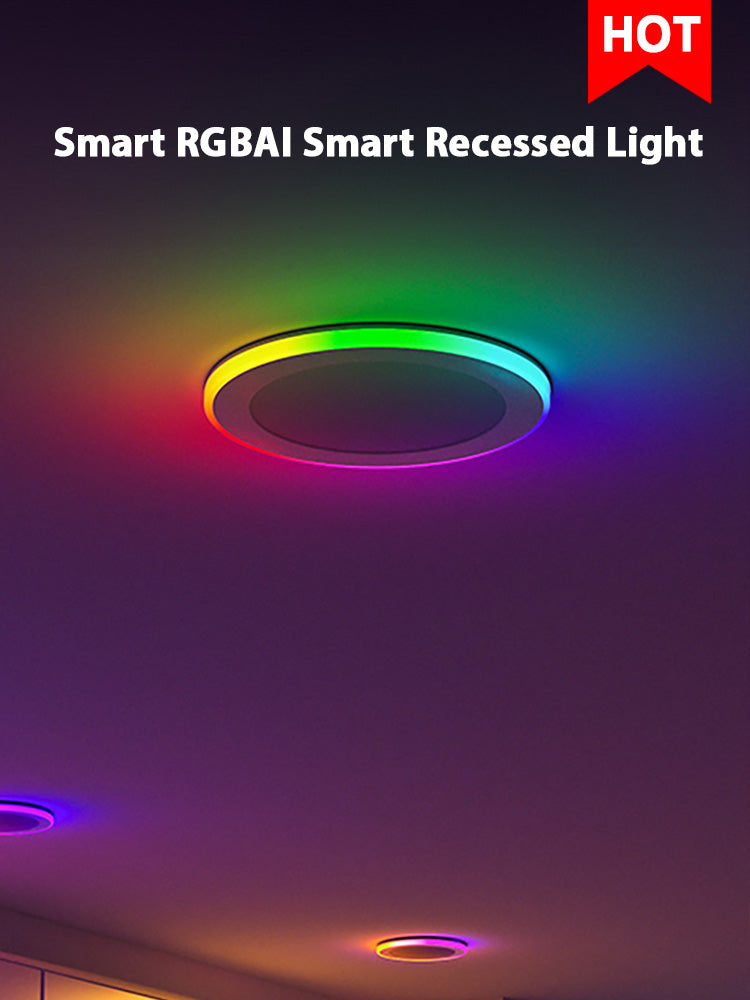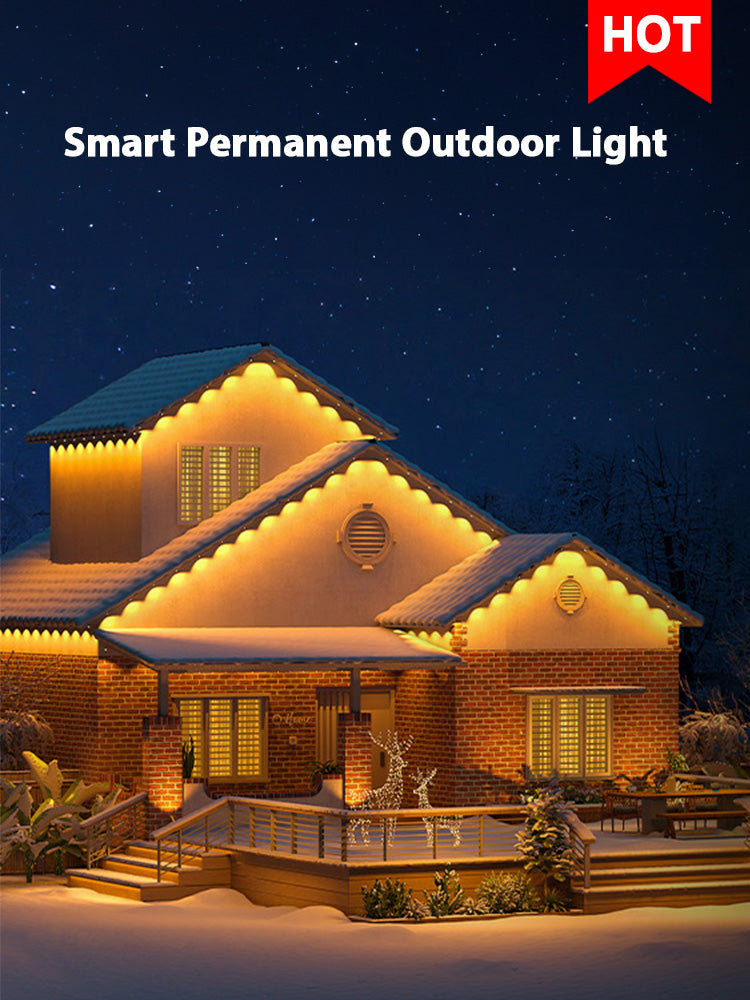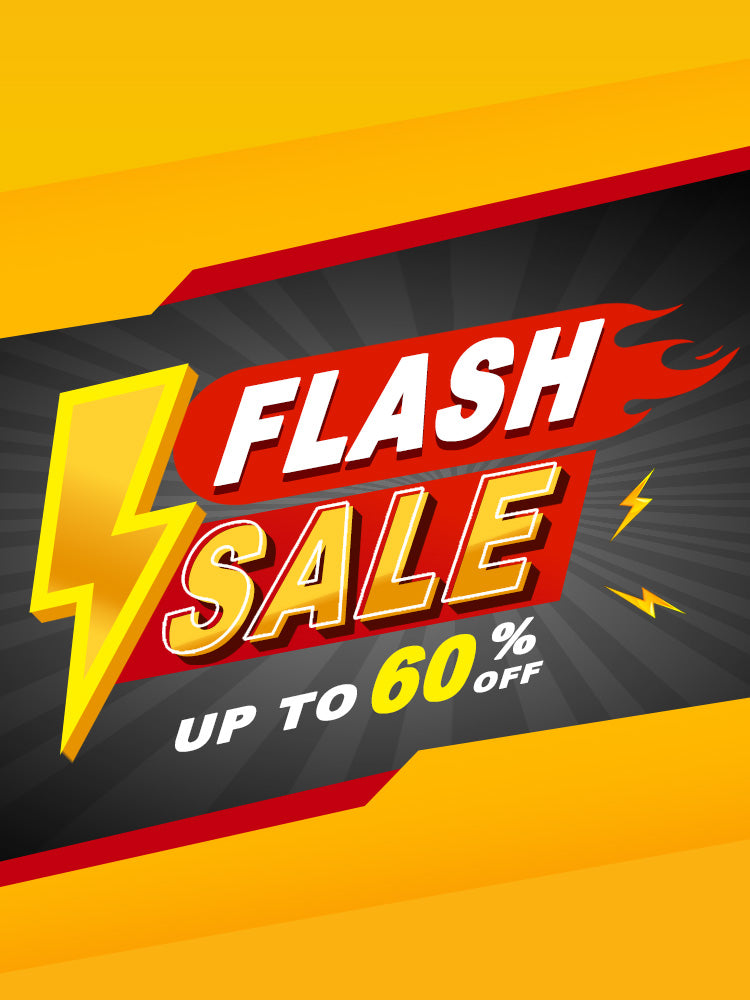You can put LED rope light inside or outside your home. First, plan where you want the lights and measure the space. Pick the best LED rope light for your area. Clean the surfaces before you start. Dust or dirt can make the sticky part not work. Use clips or mounts to hold the lights in place. Check that all power connections are tight and safe. If you are working outside, make every connection waterproof. This easy guide helps you follow each step. You can avoid mistakes like loose wires or forgetting to waterproof during your setup.
Key Takeaways
-
First, measure your space to plan your LED rope light project. Pick the right lights for indoors or outdoors. Make sure the lights have the correct ratings. Clean and dry the surfaces before you put up the lights. Use clips or adhesive to hold the lights in place. This helps the lights stay secure. Always check that your power supply matches your LED rope lights. Use safe and waterproof connectors, especially outside. Follow safety tips like using certified products. Do not bend the lights sharply. Keep the lights away from things that can catch fire. Test your lights before you install them. Test them again after you finish. Take care of your lights often. This will help them stay bright and last longer.
LED Rope Light Planning
Choose Rope Lights
Start by thinking about where you want to put your led rope lights. If you plan to use them inside, you can pick lights with an IP20 or IP44 rating. These ratings mean the lights can handle dust and a little moisture, which is fine for most rooms. For outdoor rope lights, you need a higher IP rating, like IP65. This rating keeps your led rope lights safe from rain and dust. Some places, like bathrooms or kitchens, might need a middle rating, such as IP44 or IP65, if water is nearby. Always match the voltage of your led rope light to your power supply. Most indoor lights use 12V, but outdoor rope lights often use 24V for longer runs. This helps prevent voltage drop and keeps your lights bright.
Here’s a quick look at popular types:
|
Feature |
Options |
Notes |
|---|---|---|
|
1/2", 3/8" |
1/2" for basic bends, 3/8" for tight curves |
|
|
Bulb Orientation |
Directional, Omnidirectional |
Directional for focused light, omni for even glow |
|
Voltage |
12V, 120V |
12V for low voltage, 120V for direct plug-in |
|
Technology |
LED |
LED lasts longer and uses less energy |
Measure and Map
Next, choose your location and decide on the rope lighting length. Use a measuring tape to check the length of the area. If you have corners or curves, measure those too. For tricky spots like rooflines or trees, you can use a laser measurer or even Google Earth for outdoor rope lights. Always round up your measurements a little to make sure you have enough led rope lights. Draw a simple map of your space and mark where you want the lights to go. Find the closest power source so you know where to start your installation. Planning your route helps you avoid surprises later.
Tip: Lay out a string or hose along the path first. This trick helps you see the real length you need before you buy or cut your led rope lights.
Gather Tools
Before you start, gather all your tools and accessories. Here’s a handy checklist:
-
Measuring tape for checking length.
-
Scissors for cutting at marked points.
-
Mounting clips or adhesive strips to hold the led rope lights in place.
-
Power supply or transformer that matches your led rope light voltage.
-
Screwdriver and screws for mounting clips, especially for outdoor rope lights.
-
Waterproof connectors and sealant for outdoor rope lights to keep water out.
-
Clean cloth to wipe surfaces before sticking anything down.
-
Covers or conduits to hide wires and protect them outside.
Test your led rope lights before and after you install them. This step saves you time if you need to fix anything. If you plan ahead and gather everything, your project will go much smoother.
Install Rope Lights Indoors
Prep Surfaces
Before you install rope lights, you need to get your surfaces ready. Start by picking the best spots for hanging rope lights inside. Think about where to hang your led rope light so it looks great and gives you the right amount of light. You might want to put them under cabinets, along shelves, behind your TV, or around the ceiling.
Use a clean cloth to wipe down the area. Make sure the surface is dry and free from dust or grease. If you skip this step, the adhesive or clips might not stick well, and your lights could fall down later. Always test your led rope lights before you start attaching the lights. Plug them in to check if they work and if the color looks right.
Tip: If you plan to use adhesive clips, wait a few minutes after cleaning so the surface dries completely. This helps the clips stick better.
How to Hang Rope Lights
You have a few choices for how to hang rope lights. Most people use mounting clips or adhesive-backed clips. If you want to install cable clips, make sure you space them evenly—about every 12 to 18 inches. This keeps your led rope lights straight and stops them from sagging. For corners or curves, add extra clips to hold the shape.
Here’s a simple way to mount your rope light clips:
-
Measure the length of your led rope lights and mark where each clip will go.
-
Clean and dry the surface before you install the clips.
-
If you use screw-in clips, drill small holes first. For adhesive clips, press them firmly onto the surface.
-
Attach the rope lights by snapping them into the clips. Don’t pull too hard or bend the lights sharply.
-
Check that the lights are straight and secure lighting in place.
If you want to avoid damaging your walls, use adhesive clips. These work best on smooth, clean surfaces. For rough or painted walls, screw-in clips hold better. Always follow the instructions that come with your clips.
Note: Hanging your rope lighting indoors looks best when you hide the rope behind trim or under shelves. This gives a soft glow and hides the wires.
Power Connection
Now you need to connect your led rope lights to power. Always use a power supply that matches the voltage of your lights. Most indoor setups use 12V or 24V DC. Plug your lights into an indoor-rated outlet. If you need an extension cord, pick one with the right plug and make sure it is safe for indoor use.
Never try to splice wires yourself unless you know what you are doing. Use connectors and kits made for your led rope light. This keeps your setup safe and helps prevent shorts or shocks. If you install rope lights in a place that might get damp, like a bathroom or kitchen, use a GFCI outlet for extra safety.
Keep cords neat by running them along walls or hiding them in covers. This stops anyone from tripping and keeps your space looking tidy.
Tip: Don’t coil up extra rope light or cords. This can cause heat to build up and damage your lights.
Indoor Safety
Safety matters when you install led rope lights. Always check that your lights have safety marks like ETL or CE. These show the lights meet safety rules. Pick rope lights made from flame-retardant materials. This lowers the risk of fire.
Don’t overload your outlets. Try to keep the total wattage below 80% of what your circuit can handle. If you see frayed wires, loose connectors, or any part that looks burned, replace it right away. Never patch damaged sections with tape or glue. Use the right connectors to fix or replace parts.
Mount your rope light clips instead of using nails or staples. Nails can break the wires inside the rope and cause shorts. Keep your led rope lights away from curtains, bedding, or anything that can catch fire. Make sure there is space around the lights so they don’t get too hot.
If you install rope lights in a child’s room, put them out of reach and use childproof outlets. Always turn off the power before you cut or connect any wires.
Alert: The most common mistakes are using the wrong power supply, cutting the rope light in the wrong place, or letting the adhesive fail. Always read the instructions and double-check your work.
Install Outdoor Rope Lights
Prep for Weather
Outdoor rope lights face rain, sun, wind, and even snow. You want your rope lights for outside to last through every season. Start by picking rope lights for outside that have an IP65 rating or higher. This rating means your lights can handle water and dust. Look for rope lights with silicone or polycarbonate coatings. These materials protect against UV rays, moisture, and big temperature swings. If you live where it gets very hot or cold, choose rope lights for outside that can handle those extremes.
Here are some steps to keep your outdoor rope lights safe from the weather:
-
Pick shaded spots or areas near plants to reduce direct sunlight and heat.
-
Seal all connections and ends with waterproof silicone to block out water.
-
Use acrylic or PVC shields to protect your rope lights for outside from rain and dirt.
-
Only use rope lights for outside that have safety marks like UL or ETL.
-
Add surge protectors to guard against lightning or power spikes.
Tip: Always check the packaging for the IP rating before you install outdoor rope lights. This small detail makes a big difference in how long your lights last.
Mount and Secure
You have many choices for the best spots for hanging rope lights outside. Some people like to wrap rope lights for outside around deck railings, fences, or tree trunks. Others mount them under ledges or along walkways to light up your yard. No matter where you put them, you want your rope lights for outside to stay put and look neat.
Mounting channels made from plastic or aluminum work well for straight lines. You can glue, nail, or tape these channels to your outside patio or fence. For rough or uneven surfaces, use mounting clips. Drill the clips into place every 12 to 18 inches for a secure hold. If you need to go around corners or curves, add extra clips so your rope lights for outside do not sag or shift.
Here is a quick guide to mounting rope lights for outside:
-
Drill clips in evenly for a tidy look.
-
Combine adhesive for quick placement and clips for long-term strength.
-
Gently bend rope lights for outside around corners—never force a sharp turn.
-
Add more clips on tight curves to keep the lights flat.
-
Always cut rope lights for outside at marked points only.
-
Use outdoor-rated clips and waterproof connectors.
Note: If you want to wrap rope lights for outside around posts or trees, start at the top and work down. Use zip ties or garden staples to keep the lights in place.
Power and Waterproofing
Powering rope lights for outside takes a little planning. Always match the power supply voltage to your rope lights for outside. Most outdoor rope lights use 24V for longer runs. Never mix different voltages or connectors. Use only manufacturer-approved connectors and end caps. This keeps your rope lights for outside safe and bright.
To keep water out, use waterproof connectors made for rope lights for outside. Seal every cut end with an end cap and waterproof silicone. Cover any exposed plugs or transformers with weatherproof boxes. If you need to join two sections, use connectors with the right IP rating for your space. For example, use IP65 for rain, IP67 for short dips in water, and IP68 for underwater spots.
Here is a checklist for safe power and waterproofing:
-
Disconnect rope lights for outside before cutting or storing.
-
Use connectors that fit your rope lights for outside.
-
Seal all ends and joints with waterproof silicone.
-
Never pinch or kink the tubing.
-
Use GFCI outlets for your outside patio or garden.
-
Keep all cords off the ground and away from puddles.
Alert: Never try to splice wires yourself. Always use the right connectors and seal them well. This keeps your rope lights for outside safe from shocks and water damage.
Outdoor Safety
Safety is key when you install outdoor rope lights. Always use rope lights for outside with an IP65 rating or higher. Check for safety marks like ETL, CE, or RoHS. These show your rope lights for outside meet safety and environmental rules. Use only flame-retardant, non-toxic materials like silicone or PVC.
Install GFCI outlets in your outside patio or garden. This helps prevent shocks if water gets into the system. Never overload your circuits. Keep the total wattage under 80% of your breaker’s limit. Inspect your rope lights for outside often. Look for frayed wires, loose connectors, or any sign of damage. Replace broken sections with new connectors—never use tape or glue.
Here are some outdoor safety tips:
-
Avoid placing rope lights for outside in standing water.
-
Only cut rope lights for outside at marked spots.
-
Use proper end caps and connectors.
-
Keep rope lights for outside away from sharp edges or heavy foot traffic.
-
Make sure all power sources are childproof.
Tip: The most common mistakes are using indoor rope lights for outside, cutting in the wrong place, or using the wrong power supply. Always double-check your rope lights for outside before you start.
Installation Tips & Troubleshooting
Max Length & Cutting
When you set up your LED rope lights, always check the maximum length you can use in one run. For most 12V LED strips, you should not go over 16.4 feet. If you use 24V strips, you can go up to 32.8 feet. If you make the run too long, the lights at the end may look dim or even stop working. To keep your installation bright and safe, power each section separately if you need more length.
Cutting your rope lights is easy, but you need to follow the marks on the strip. Only cut at the spots the manufacturer shows. Always unplug the lights before you cut. Use sharp scissors or a cutting tool for a clean cut. If you want to reconnect pieces, use the right connectors and match up the copper contacts. For outdoor lights, seal the ends with silicone to keep water out.
Tip: After you cut and reconnect, plug in your lights and check if they work before you finish your installation.
Fixing Issues
Sometimes, things do not go as planned during installation. If a section of your rope lights does not turn on, check all the connections first. Make sure the wires are tight and the polarity is correct. If you see flickering, you might have a loose connector or the wrong power supply. Use a multimeter to check for voltage drops along the strip. If you find a bad solder joint, you can reheat it to fix the connection.
Common problems include:
-
Lights not turning on because of loose wires or wrong wiring.
-
Flickering from a bad power supply or controller.
-
Dim lights at the end of a long run from voltage drop.
-
Overheating if you use the wrong power supply.
Always test your lights before you mount them. This step saves you time and trouble.
Maintenance
Keeping your LED rope lights clean and safe helps them last longer. Turn off and unplug the lights before you clean them. Use a soft, damp cloth with a little mild soap if needed. Do not use harsh chemicals. For tough spots, a soft brush works well. Dry the lights before you plug them back in.
Check your lights every few months. Look for loose connections, flickering, or any damage. For outdoor lights, watch for weather damage and replace broken sections right away. When you store your lights, coil them gently and keep them in a cool, dry place.
Note: Good airflow around your lights helps prevent overheating and keeps them shining bright.
You can install LED rope lights easily by following a few simple steps:
-
Clean the surface and test your lights.
-
Use clips or adhesive to mount the lights straight and secure.
-
Connect to power and check for any issues.
-
Hide wires for a neat look.
Always use certified products and weatherproof connections for safety. Try accent lighting under cabinets or along walkways for a fresh look. With these lighting solutions, you can brighten any space and create your own style.
FAQ
How do you keep LED rope lights from falling down?
You can use mounting clips or adhesive strips. Clean the surface first. Space the clips every 12 to 18 inches. For extra hold, use both clips and adhesive. This keeps your rope lights secure and looking neat.
Can you use LED rope lights for accent lighting?
Yes, you can! Place them under cabinets, behind TVs, or along shelves. LED rope lights work great for accent lighting. They add a soft glow and make your space feel cozy.
Are LED rope lights safe to leave on all night?
You can leave LED rope lights on overnight if you follow safety tips. Use certified products. Keep them away from flammable items. Make sure all connections are tight. Unplug them if you see any damage.
What should you do if a section of your rope lights stops working?
First, check all the connections. Make sure the power supply works. If you find a loose wire, fix it. Replace any damaged sections. Test the lights before you finish your setup.
Can LED rope lights be used as outdoor lighting solutions?
Yes, you can use LED rope lights outside. Pick ones with a high IP rating. Seal all connections. Use waterproof accessories. These lighting solutions work well for patios, decks, and gardens.

